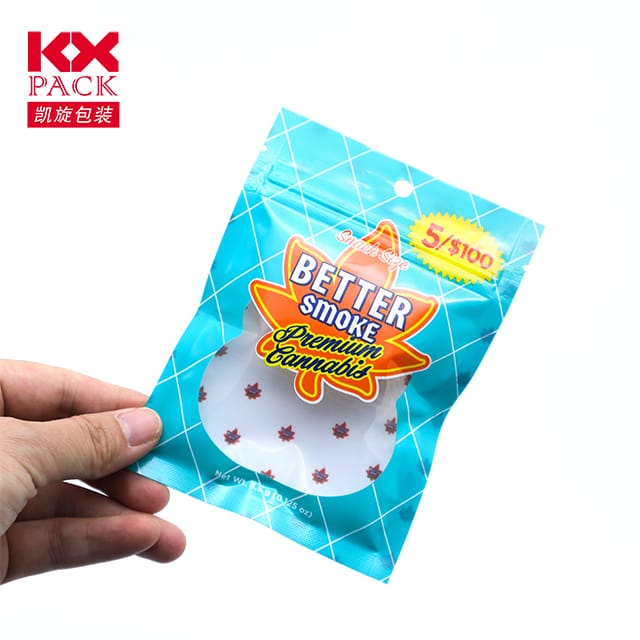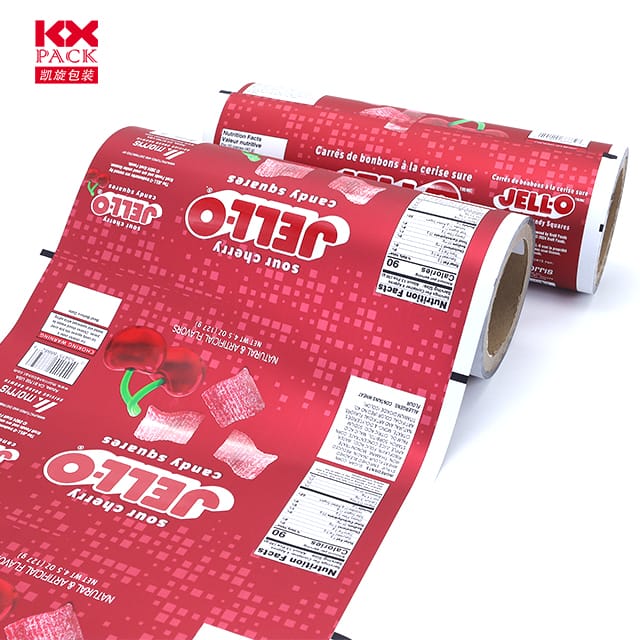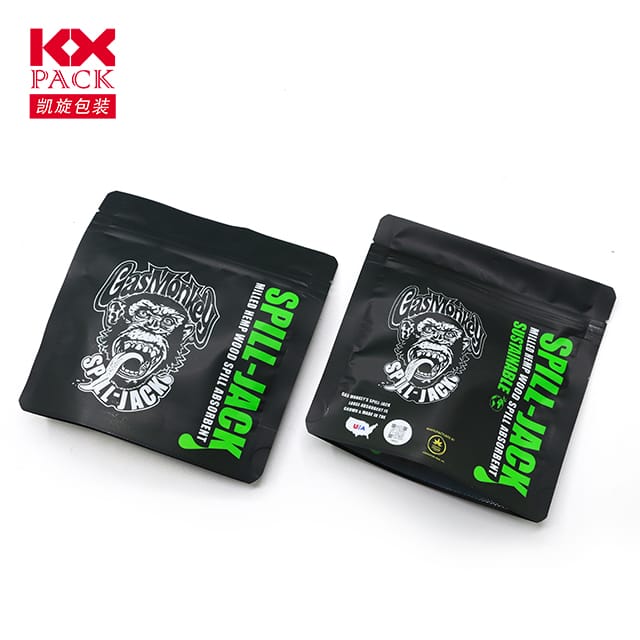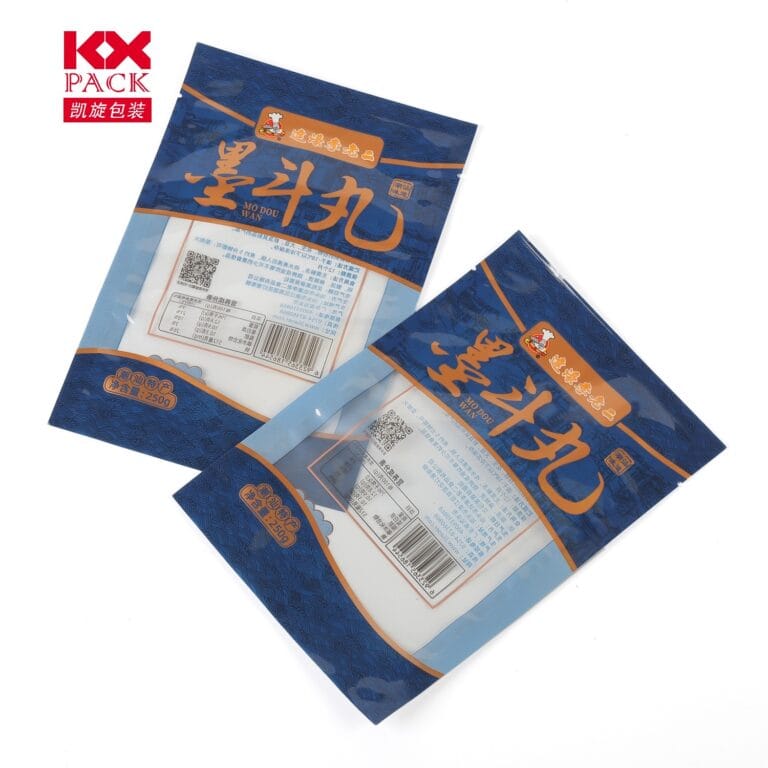Окончательное руководство по фильму об упаковке с едой: From Kitchen Essential to Eco-Conscious Choices
Фильм с едой
Food wrapping film—also known as cling film, полиэтиленовая пленка, or Saran wrap—is a kitchen staple found in nearly every household. Сохраняете ли вы остатки, marinating meats, or packing lunches, это прозрачное, эластичный материал кажется незаменимым. But how much do you really know about it? Let’s unravel the science, устойчивость, and smart hacks behind Фильм с едой.
1. What Is Food Wrapping Film Made Of?
Most commercial plastic wraps are crafted from полиэтилен (ЧП), a lightweight, flexible plastic. Some varieties use polyvinylidene chloride (PVDC) или поливинилхлорид (ПВХ) for enhanced clinginess and moisture resistance, though these have fallen out of favor due to environmental concerns.(Фильм с едой)
- PE Film: Safe for food storage, microwave-friendly, and recyclable in some areas (check local guidelines).
- PVC/PVDC Film: Contains chlorine and plasticizers, which may leach into food when heated. Many brands now phase these out for eco-friendly alternatives.
2. The Pros and Cons of Plastic Wrap
Плюс:
- Air-Tight Seal: Prevents freezer burn and keeps food fresh longer.
- Универсальность: Wraps odd-shaped items like avocados, cheese wedges, or sandwich halves.(Фильм с едой)
- Прозрачность: Lets you see contents without unwrapping, сокращение отходов.
Минусы:
- Single-Use Plastic: Contributes to landfill waste and microplastic pollution.
- Non-Recyclable in Most Cases: Unless labeled “compostable” or “recyclable,” it often ends up in incinerators or oceans.
- Chemical Concerns: Some studies suggest that plasticizers in PVC wraps may disrupt hormones if ingested over time.(Фильм с едой)
3. Eco-Friendly Alternatives to Traditional Plastic Wrap
As sustainability becomes a priority, many households are switching to reusable or biodegradable options:
- Пчелиные обертки: Made from cotton coated in beeswax, these wraps are washable, компостируемый, and perfect for covering bowls or wrapping sandwiches. They last up to a year with proper care.(Фильм с едой)
- Силиконовые продовольственные покрытия: Долговечный, герметичный, и посудомоечная, безопасная, silicone lids fit snugly over bowls, тарелки, or even cut produce like half-onions.
- Fabric Covers with Elastic: Reusable cloth wraps lined with waterproof material (НАПРИМЕР., food-grade PU) are ideal for dough rising or storing baked goods.
- Biodegradable Film: Some brands now offer plant-based wraps made from cornstarch or cellulose. These decompose in industrial composting facilities within months.
4. Creative Hacks for Using Food Wrap
Beyond leftovers, plastic wrap has surprising secondary uses:
- Marinating Magic: Wrap meat in seasoned film and massage the spices into the surface for faster flavor absorption.
- No-Mess Painting: Cover art palettes or tables with plastic wrap to protect surfaces during kids’ craft sessions.
- DIY Ice Packs: Fill a zip-top bag with water, seal it inside a layer of plastic wrap, and freeze for a flexible, reusable cold compress.
- Plant Protection: Cover seedlings with a plastic wrap dome to create a mini greenhouse effect, boosting germination rates.
5. How to Store Food Wrap Properly
Ever struggled with a tangled, useless roll of plastic wrap? Here’s how to keep it frustration-free:
- Keep It Cold: Store the roll in the fridge or freezer. Chilled plastic wrap is less sticky and easier to handle.
- Use the Box’s Serrated Edge: Most plastic wrap boxes include a built-in cutter. Slide the film along the edge for clean, even tears.
- Avoid Overstretching: Pulling too hard can tear the film or reduce its clinginess. Gently press it onto containers instead of stretching it taut.
6. The Future of Food Wrapping: Инновации, за которыми стоит следить
- Edible Films: Researchers are developing wraps made from starch, водоросли, or milk proteins that can be eaten with the food. Imagine unwrapping a cheese stick and munching on the biodegradable “plastic” too!
- Умная упаковка: Some companies are testing films that change color when food spoils or release antimicrobial agents to extend shelf life.
- Mushroom-Based Materials: Mycelium (fungus roots) can be molded into compostable packaging that rivals plastic’s durability.
Последние мысли: Ditch the Guilt, Embrace the Solutions
While traditional plastic wrap has its merits, its environmental impact is undeniable. By opting for reusable alternatives or compostable options, you can reduce waste without sacrificing convenience. And if you do use plastic wrap, recycle it responsibly (if possible) or repurpose it creatively.
What’s your go-to food wrapping hack? Share your tips in the comments below! 🌱🍴
P.S. For eco-warriors: Try making your own beeswax wraps at home with cotton fabric, grated beeswax, and an oven—it’s easier than you think!







